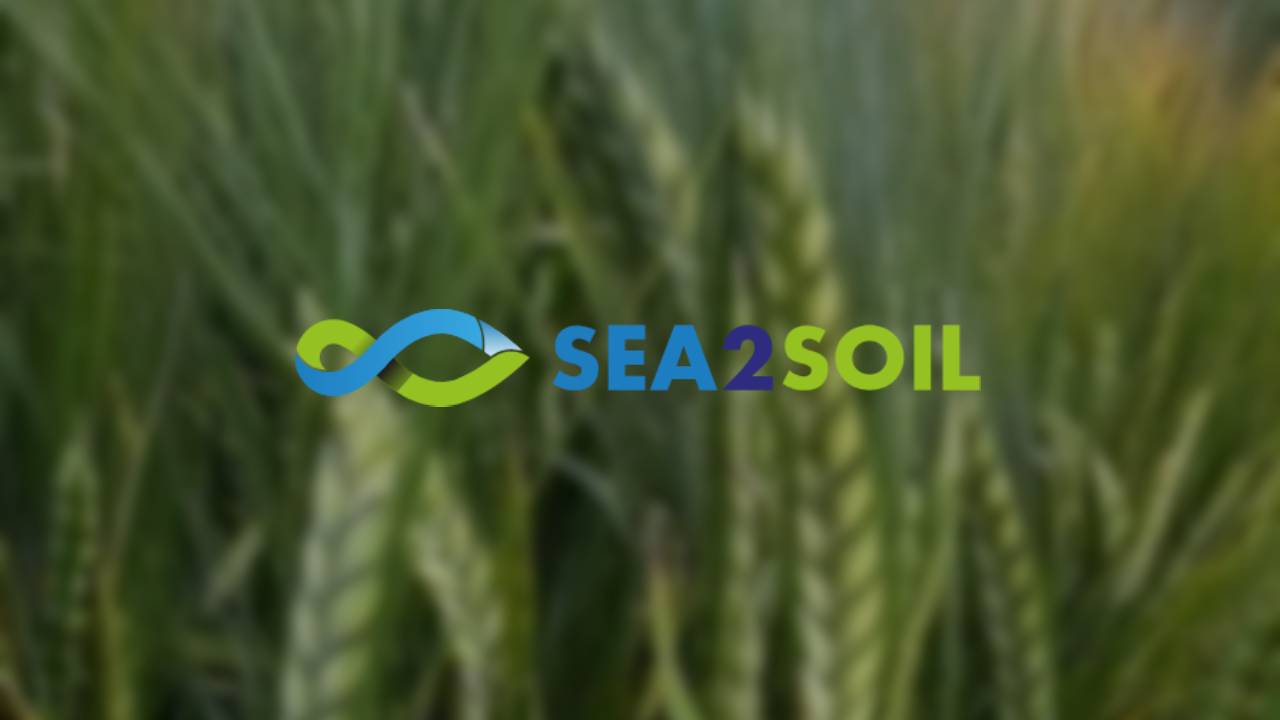
From Caithness to a Smarter System: John Mackay’s Journey with Sea2Soil
In the far north of Scotland, near Halkirk in Caithness, John Mackay runs a mixed arable and livestock farm across several sites spanning more than 300 acres. With a background that spans engineering, the nuclear industry, and now an offshore career, John has always returned to farming whenever he’s home. That mix of experiences has shaped his perspective on how to best manage the land.
“Because I’m away offshore for long stretches, I’ve had to rethink how we farm,” John explains. “It’s about making the system work smarter, not harder. Improving soil health while reducing synthetic inputs is the way forward for us.”
Today, the farm grows barley (and previously oats) and runs livestock across rough grazing ground. John is also exploring ways to expand into more crop production over summer while increasing livestock numbers through winter grazing, whether by utilising forage crops or bringing in store lambs and cast ewes.
Finding Sea2Soil
With plenty of late nights spent researching alternative farming processes and systems, John has built his knowledge. “After shifts, I’ll sit down and dig into regenerative practices, foliar nutrient systems, and biological inputs. That’s how I came across Sea2Soil,” he says.
After reaching out to Liz here at Sea2Soil for more information, John began trialling our product alongside foliar-applied urea, Epsotop, and molasses. And even without compound fertilisers, the results were encouraging.
“Our crops held their colour, rooted well, and bulked up nicely - even through dry spells,” John recalls. Demonstrating how Sea2Soil can be used in a very practical way to improve overall crop resilience in a changing climate, especially in drier seasons like we’ve seen in 2025.
Beyond Crops: Changes in Grassland
The impact hasn’t been limited to arable ground. Grassland has also shown noticeable improvement.
“We’ve got older fields that sheep used to avoid,” John explains. “Since applying Sea2Soil, they’re now grazing those fields evenly. One field in particular was always strip-grazed for cattle, but the sheep would never touch the aftermath. Now they graze the whole lot without hesitation. That tells me something in the biology has shifted - it’s making the forage more palatable or healthier.”
Building a New Strategy
John is also working with other partners, including Jenna Ballantine at NewGen Agri and Andy Cheetham at Hybrid Farming Systems, to build a longer-term foliar and biological-based nutrient plan. The aim is to reduce inputs and costs while steadily improving soil health.
“We’re realistic that yields might dip slightly as soils correct themselves,” John says, “but in the long run, this will be more sustainable and profitable.”
Smarter Farming for the Future
Balancing full-time offshore work with part-time farming has given John a pragmatic perspective.
“It’s not about doing things the old way,” he says. “It’s about doing them better. With Sea2Soil and the systems we’re putting in place, I’m confident we’re heading in the right direction. I know this isn’t a quick fix, but I want to work to correct some of the damage that has been done to the land here without manmade fertiliser where I can. It’s a big step for me, but I know I’m only just scratching the surface of what’s possible.”
Want to know more about how Sea2Soil can fit into your farming system? Talk to the team today to see how they can support you - get in touch.